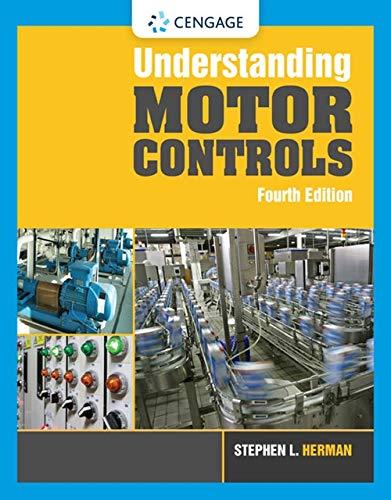
Concept explainers
(a)
The fraction of current carried by electron for
The fraction of current carried by hole for
(a)
Answer to Problem 85AAP
The fraction of current carried by electron for
The fraction of current carried by hole for
Explanation of Solution
Write the expression for the fraction of current carried by electrons.
Here, the mobility of the electron is
Write the expression for the fraction of current carried by hole.
Conclusion:
Refer to table 14.6 “Electrical properties of intrinsic semiconducting compounds at room temperature
Substitute
Substitute
Thus, the fraction of current carried by electron for
Thus, the fraction of current carried by hole for
(b)
The fraction of current carried by electron for
The fraction of current carried by hole for
(b)
Answer to Problem 85AAP
The fraction of current carried by electron for
The fraction of current carried by hole for
Explanation of Solution
Write the expression for the fraction of current carried by electrons.
Here, the mobility of the electron is
Write the expression for the fraction of current carried by hole.
Conclusion:
Refer to table 14.6 “Electrical properties of intrinsic semiconducting compounds at room temperature
Substitute
Substitute
Thus, the fraction of current carried by electron for
Thus, the fraction of current carried by hole for
Want to see more full solutions like this?
Chapter 14 Solutions
Connect Access Card For Foundations Of Materials Science And Engineering
- The atoms of a material used as an insulator generally contain ___________ valence electrons.arrow_forwardThe dependency between electron density and fermi energy (E) for a 2-D free electron gas is,arrow_forwardWhen some ionic compounds dissolve, like polyatomic sodium nitrate, not all of their bonds dissociate. What kind of conductivity would you expect such a solution to have? Explain. CLEAR PHOTO!!arrow_forward
- Which of the following have the same periodicity as the crystal lattice: a) electron wave function, b) electron distribution probability, c) lattice potentialarrow_forwardThe band gap in silicon is 1.12 eV. Calculate the maximum wavelength of electromagnetic radiation that results in promotion of electrons from the valence to the conduction band.arrow_forwardThe following diagram (Attached) is band diagram of a CIS/CdS solar cell. Looking at the band diagram, can you explain why the spike-like conduction band offset is good for lower interface recombination?arrow_forward
- At what speed must a proton travel in order to have the same de Broglie wavelength as an electron moving at 5 x 106 m/s?arrow_forwardDraw a plot showing the variation of photoelectric current with collector plate potential for two different frequencies, v1 > v2, of incident radiation having the same intensity. In which case will the stopping potential be higher? Justify your answer.arrow_forwardEngineering science Distinguish elastic, electrical and magnetic hysteresis in different Materials.arrow_forward
- Distinguish elastic, electrical and magnetic hysteresis in different materials.arrow_forwardExplain the following, related to physical insight to internal energy (iv) Internal energy (v) spin energy (vi) sensible energy.arrow_forwardWhat do you understand by charge stratification? Explain the method of achieving the same with Suitable sketches. Discuss the advantages and disadvantages of charge stratificationarrow_forward
 Understanding Motor ControlsMechanical EngineeringISBN:9781337798686Author:Stephen L. HermanPublisher:Delmar Cengage Learning
Understanding Motor ControlsMechanical EngineeringISBN:9781337798686Author:Stephen L. HermanPublisher:Delmar Cengage Learning
